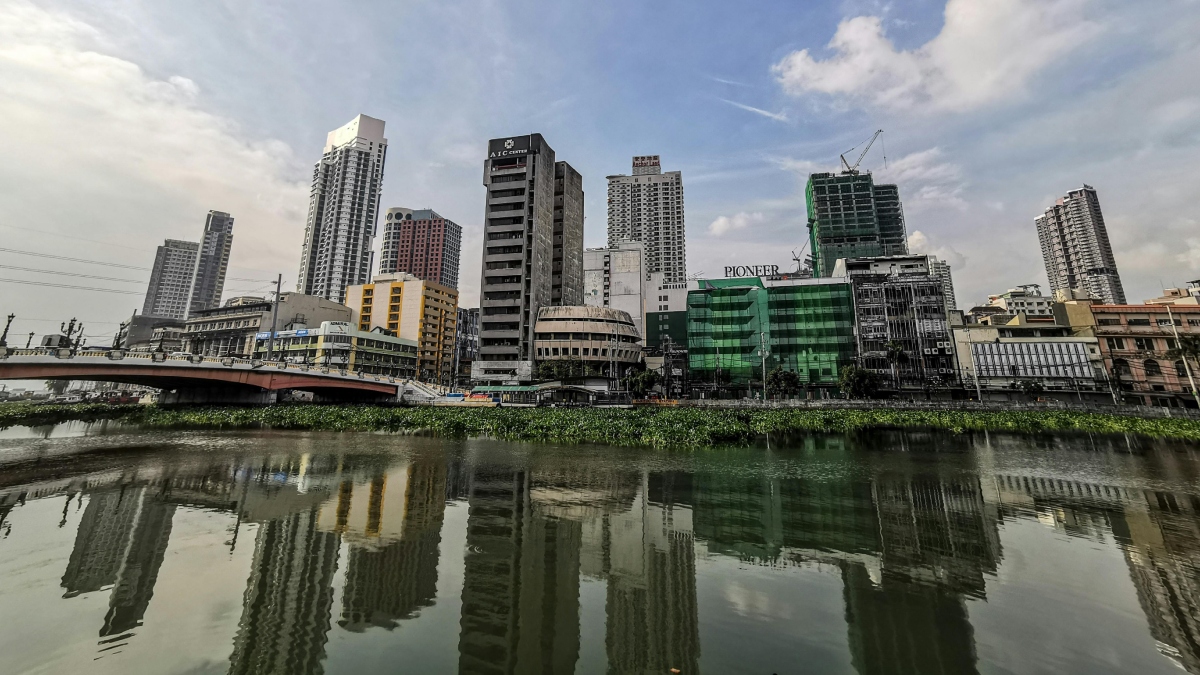The country’s inflation rate held steady at 2.9% in January 2025, matching December’s figure and staying within the government’s target range of 2% to 4%, the Philippine Statistics Authority (PSA) reported on Wednesday.
PSA chief and National Statistician Claire Dennis Mapa attributed the stable inflation rate to a mix of rising and slowing price changes across different sectors. Food and Non-Alcoholic Beverages, Alcoholic Beverages and Tobacco, and Transport saw slight increases, while inflation eased in housing, electricity, household goods, and restaurant services.
Despite some price hikes, National Economic and Development Authority (NEDA) Secretary Arsenio Balisacan said the stable inflation reflects the government’s efforts to keep prices under control, aligning with the Philippine Development Plan 2023-2028.
Food inflation rose to 4% from 3.5% due to significant price hikes in vegetables, fish, and meat. Vegetable prices surged, largely driven by a sharp increase in tomato costs, which jumped 155.7% year-on-year.
The Bangko Sentral ng Pilipinas (BSP) noted that inflation remains within its forecast of 2.5% to 3.3% and expects price pressures to ease further with reduced rice tariffs and other government interventions. However, the central bank warned that potential increases in transport fares and electricity rates could pose inflation risks.
With inflationary pressures still present, the BSP is closely monitoring economic developments ahead of its next monetary policy meeting on February 13, where adjustments may be discussed to ensure stable prices and sustained economic growth.






